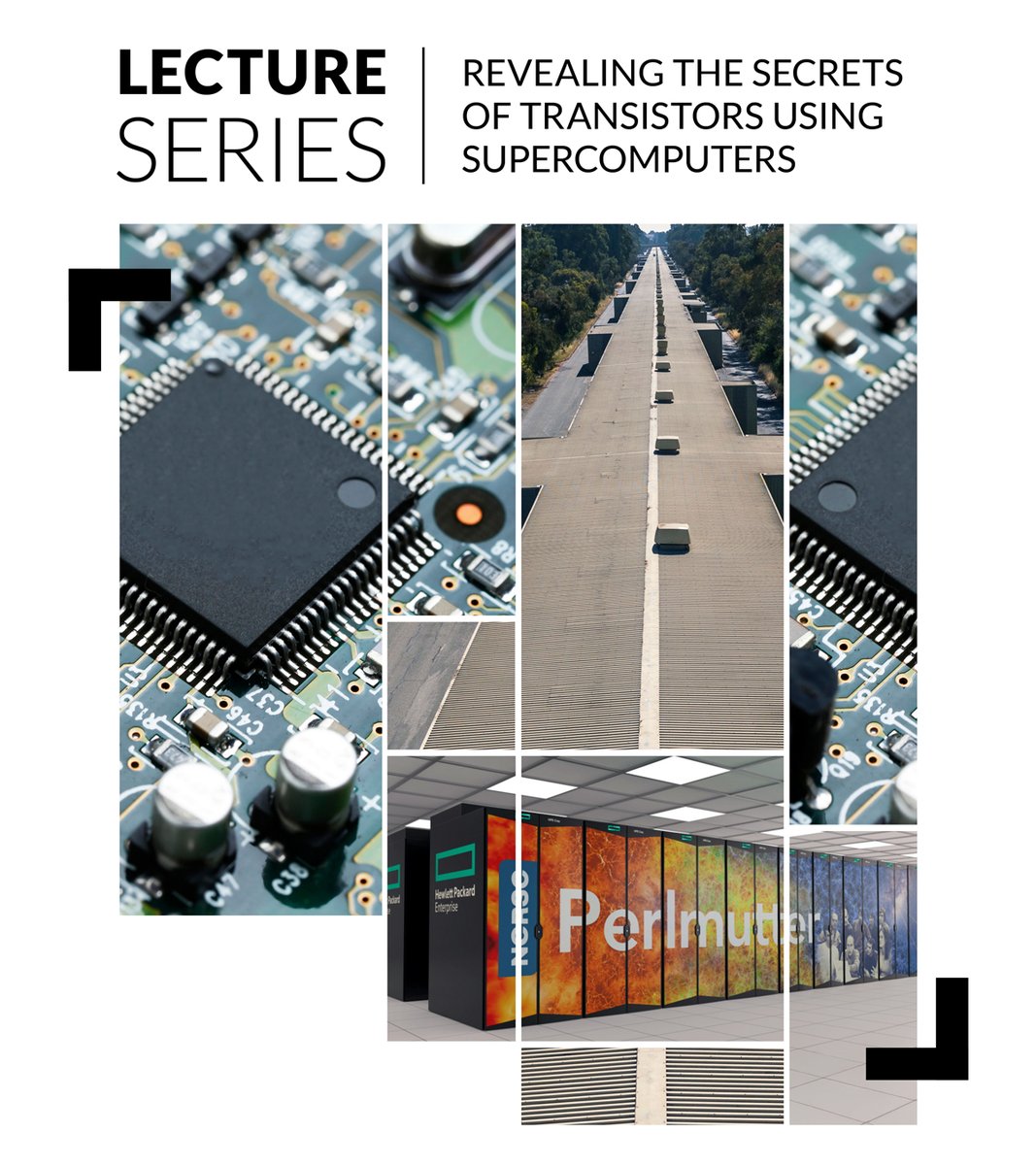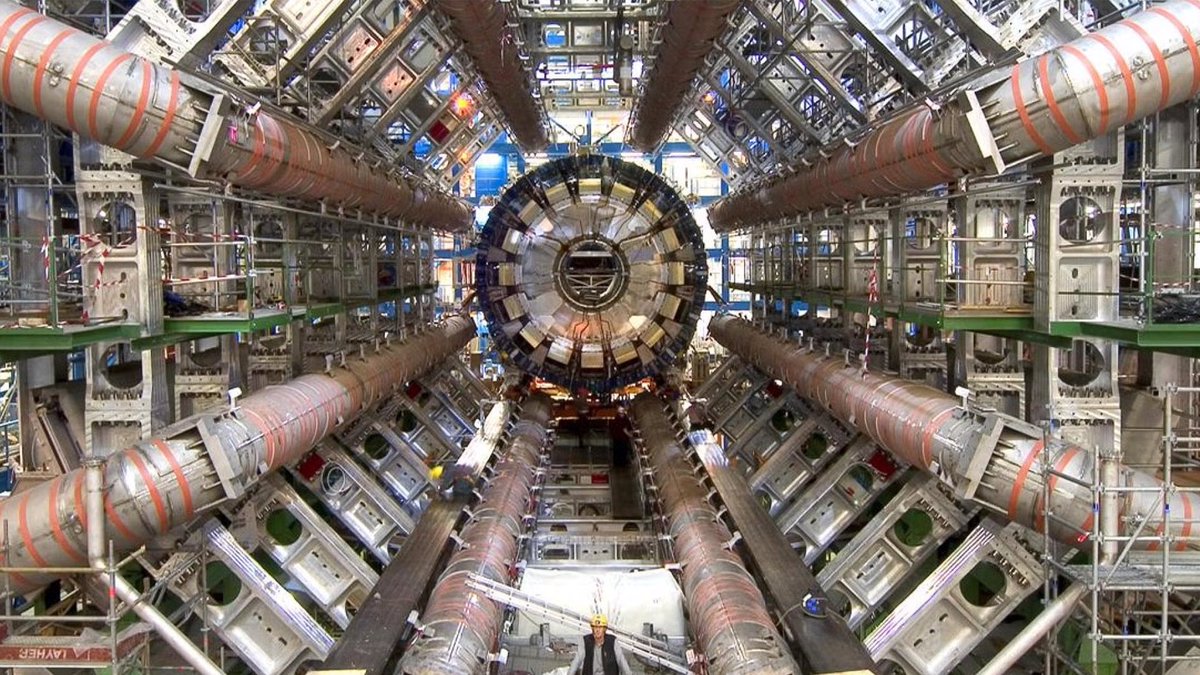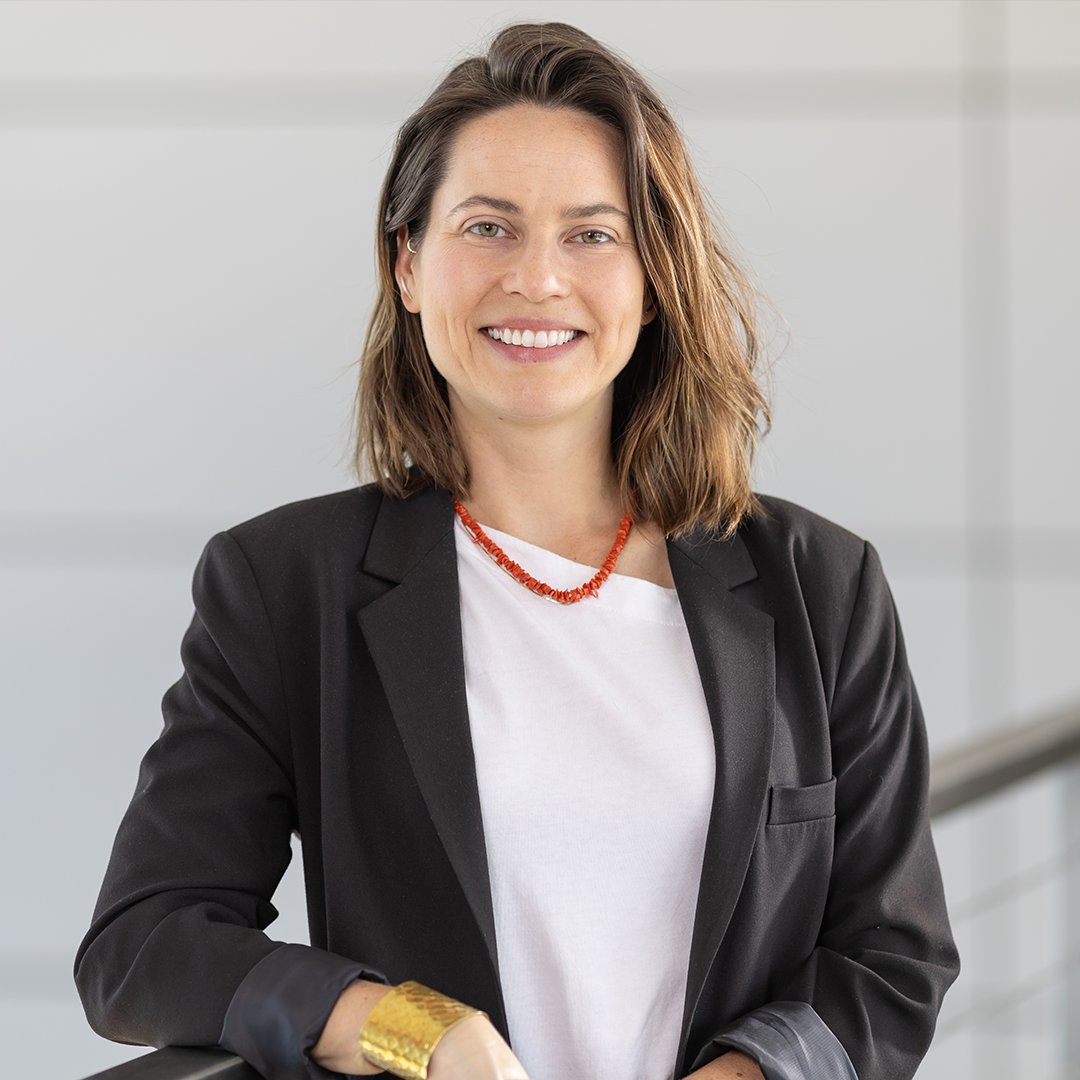Search results for #SLACPublicLecture
Let’s break it down. 🥤 Plastic waste that is! Ozge Bozkurt uses X-ray light to help design a new way to break down plastics, while also making useful products. Learn how at the #SLACPublicLecture in person or online, October 2 at 7 p.m. PDT: stanford.io/4nA2JyZ
A 5.5 ft entrance lens, 3.2 Giga-pixel resolution, & high precision built into each pixel. Learn how we designed & assembled a digital camera the size of a small car 🚗 at this week's #SLACPublicLecture Aug. 7. Registration is full, so tune in virtually! youtube.com/watch?v=97r6Rh…
How did we build the world’s largest digital camera? 📷 Lead mechanical engineer for camera integration and testing, Travis Lange, explains as we pivot to operations at the NSF-DOE @VRubinObs. Hear the upcoming #SLACPublicLecture August 7 at 7 p.m. PDT stanford.io/4kSvhRT
#ICYMI 📹 You can now catch a recording of Quynh L. Nguyen’s #SLACPublicLecture on how supercomputers allow us to analyze data on the scale of terabytes per hour: youtube.com/live/N0ajP1ixO…
Today at 7 p.m. PT! 📢 New computing capabilities can help us handle the flood of information from our updated X-ray laser. SLAC’s Quynh L. Nguyen explains in the “Revealing the Secrets of Transistors using Supercomputers” #SLACPublicLecture: stanford.io/3DROFPA
How do we handle massive amounts of data, on the scale of terabytes per hour? Supercomputers 🖥️ Learn more in the upcoming #SLACPublicLecture “Revealing the Secrets of Transistors using Supercomputers” on Thursday, March 27, 7:00 p.m. PT: stanford.io/3DROFPA
X-rays and plant life 🌱 Our #SLACPublicLecture on Jan. 23 highlights how scientists use X-rays to observe how soil microbes extract, absorb, and transfer nutrients to plants, providing fresh insights on plant growth and nutrition. Mark your calendar: bit.ly/3BWr8w5
How are scientists using AI with the Large Hadron Collider at @CERN? Tune into tonight’s #SLACPublicLecture to find out from Julia Gonski, and stick around after for a live Q&A! bit.ly/40ZFcyN
Can we make new discoveries without knowing what we are looking for? 🤔 Join the #SLACPublicLecture on Dec. 5 to hear Julia Gonski share how scientists use powerful AI and microelectronics tools to do just that. bit.ly/40ZFcyN
Mark your calendar for Dec. 5 🗓️ Our next #SLACPublicLecture features Julia Gonski sharing how game-changing AI technologies can help mine the datasets of the @CERN Large Hadron Collider to make new discoveries. Learn more: bit.ly/40ZFcyN
An ancient pathway, modern tools, and how work at SLAC is helping to illuminate a chemical messenger from the dawn of life. Tune into tonight’s #SLACPublicLecture to find out more from Macon Abernathy, and stick around after for a live Q&A: stanford.io/4gZZMo8
📡 Did you miss Aug 1’s #SLACPublicLecture, “Radio Axion: Tuning in to the Dark Matter Airwaves” presented by Chelsea Bartram? No worries! Check out the recording here: youtube.com/live/tX80-4SA9…
📡📻 Tune into tonight’s #SLACPublicLecture, when Chelsea Bartram will share how she uses SLAC experiments to build ultra-low-noise radio receivers to discover more about axions and dark matter. Live stream link: bit.ly/3Lwi55Z
🌌📡What is ADMX and Dark Matter Radio? Watch the #SLACPublicLecture on 8/1 online, when Chelsea Bartram will discuss how scientists use SLAC experiments such as these to learn more about the axion. Live stream link & event info: bit.ly/3Lwi55Z
👀 Did you miss last month’s #SLACPublicLecture, “Mercury Rising: The Toxicology of a Global Pollutant” presented by Ashley James? Check out the recording here: bit.ly/3yQMIzY
🧫 Tune into tonight’s #SLACPublicLecture, where Ashley James will discuss different areas of toxicology through case studies of mercury exposure in human and animal models. Listen to the live Q&A after the talk: bit.ly/3UTBPpN
😍Amazing #LCLS news! For more on our attosecond research, check out this #SLACPublicLecture by Taran Driver: www6.slac.stanford.edu/events/2023-11…
😍Amazing #LCLS news! For more on our attosecond research, check out this #SLACPublicLecture by Taran Driver: www6.slac.stanford.edu/events/2023-11…
🧪 How can studying toxicology help us understand the interactions between us, our environment, and potentially toxic chemicals? Join the 5/23 #SLACPublicLecture, when Ashley James will delve into why heavy metals like mercury are of particular interest: bit.ly/3UTBPpN
One of my favourite scientists @ashleykatjames is giving the next #SLACPublicLecture! Tune in to learn how she uses synchrotron science to solve problems in the world of toxicology. Ashley is an awesome science communicator - it’s sure to be an engaging presentation! #SciComm
One of my favourite scientists @ashleykatjames is giving the next #SLACPublicLecture! Tune in to learn how she uses synchrotron science to solve problems in the world of toxicology. Ashley is an awesome science communicator - it’s sure to be an engaging presentation! #SciComm
🗓️ Join our next #SLACPublicLecture on 5/23, when Ashley James will uncover the sometimes dark but always intriguing mysteries in the field of toxicology using synchrotron-based techniques! Register to join the talk here: bit.ly/3UTBPpN













